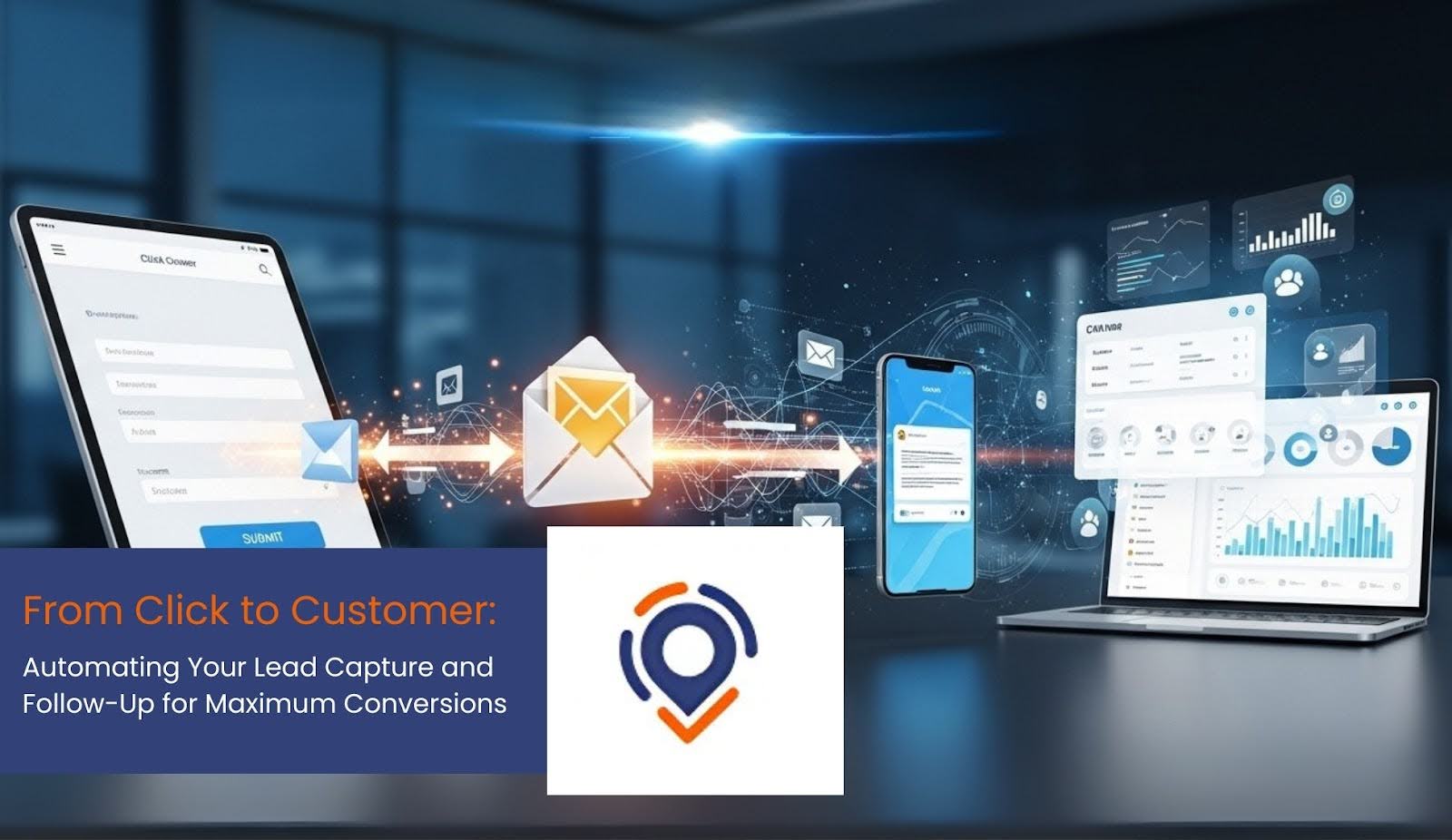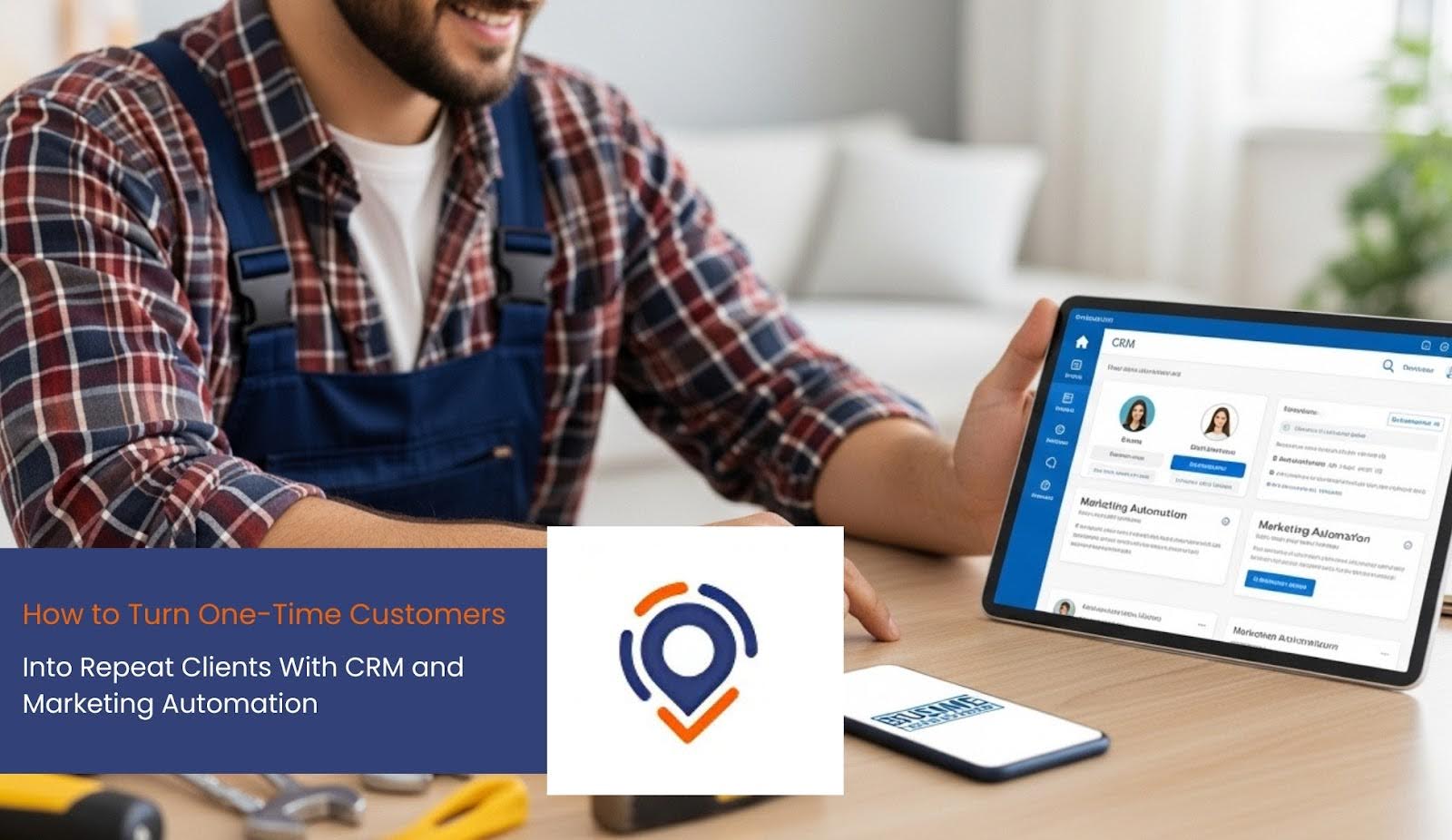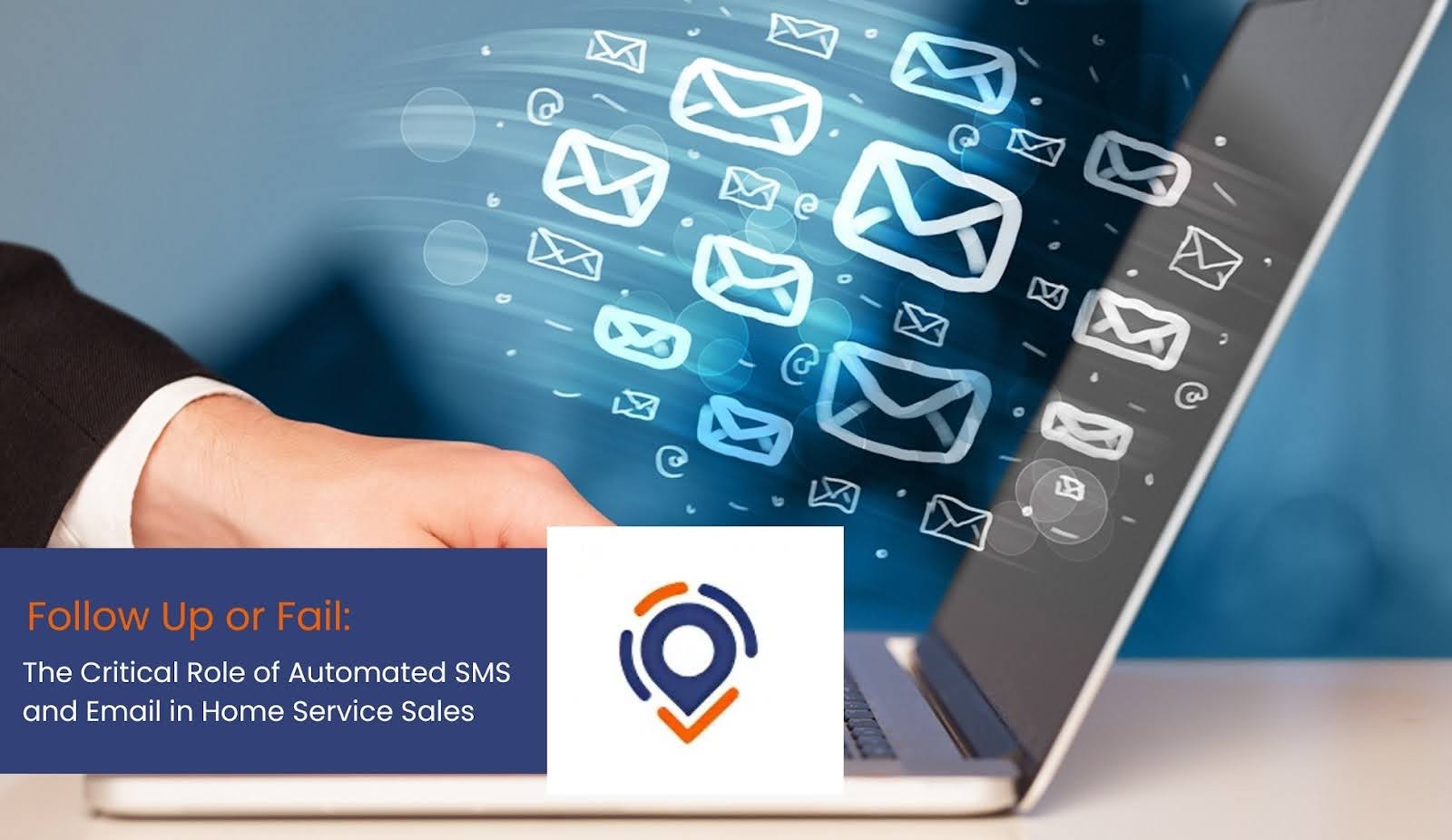Getting traffic is only the first step. The real challenge lies in converting those clicks into customers. Many businesses spend resources attracting visitors but lose them because there is no structured system to capture information and follow up effectively.
This is where automation makes the difference. By automating your lead capture and follow-up processes, businesses can streamline the customer journey, reduce manual errors, and create predictable growth. Instead of leaving conversions to chance, automation ensures that every interaction counts.
In this blog, we will cover how automated lead capture works, the role of data-driven marketing in generating high-quality leads, why follow-up is essential for maximum conversions, and how compliance support strengthens the system.
Why Automated Lead Capture is Essential for Predictable Growth
Predictable growth doesn’t happen overnight; it requires a steady flow of leads feeding into a well-structured pipeline. Manual methods of tracking customer interest, like spreadsheets or handwritten notes, are outdated and risky. They create gaps where potential customers fall through.
Automated lead capture ensures that no opportunity is missed. Whether someone downloads a resource, subscribes to a newsletter, or fills out a contact form, their information is instantly collected and stored. Businesses can then segment leads based on behavior, interests, or demographics.
Example of Automated Capture in Action
Imagine a visitor browsing an article about financial planning on your website. At the end of the article, they see an invitation to download a free checklist. With automation in place, their email is immediately captured, they’re tagged as “financial interest,” and they’re added to a follow-up sequence.
Without automation, you might have relied on the visitor to manually reach out or left them without any follow-up. With automation, that single click has a clear path to becoming a customer.
How Data-Driven Marketing Produces High-Quality Leads
Not all leads are created equal. A business may gather hundreds of contacts, but if those people have little interest or ability to buy, the result will be low conversions. That’s why data-driven marketing is critical.
Data-driven strategies analyze customer actions and preferences to improve targeting. This includes tracking which content attracts the most engagement. Identifying which calls-to-action generate the highest click-through rates. Measuring how long visitors stay on specific pages.
By understanding these patterns, businesses can adjust campaigns to focus on the audiences most likely to convert. This process turns broad, general interest into high-quality leads that are ready for nurturing.
Why Data Matters for Growth
Without data, businesses guess at what works. With data, every decision is supported by evidence. Over time, this consistency creates predictable growth and a steady stream of leads who are more likely to become paying customers.
Turning Social Engagement into Captured Leads
Social platforms are powerful for sparking awareness, but without lead capture, engagement remains surface-level. A like, comment, or share is only valuable if it leads to ongoing communication.
Automation connects these touchpoints to your lead pipeline. For example, when someone engages with a post or interacts with content, you can guide them toward a signup form or free download. Once they enter their details, automation ensures they are added to your system and tagged based on interest.
This creates a bridge between casual interactions and structured follow-up. Over time, a single moment of engagement turns into a relationship that can result in maximum conversions.
The Power of Automated Follow-Up
Capturing leads is the start. The real driver of conversions is consistent follow-up. Statistics show that most customers don’t buy on the first interaction; they need many touchpoints before making a decision.
Automated follow-up allows businesses to send personalized messages based on behavior. Share educational resources to build trust. Remind prospects about offers or deadlines. Nurture long-term interest with regular check-ins.
Example of Follow-Up Workflow
- Day 1: Prospect downloads a guide → Automation sends a thank-you email.
- Day 3: Prospect receives additional content related to the guide.
- Day 7: Prospect gets a case study showing real results.
- Day 14: Prospect is invited to a free consultation.
This sequence keeps the brand in front of the prospect without overwhelming them. Every step moves the lead closer to conversion.
How Automation Supports Compliance
In certain industries, compliance is non-negotiable. Businesses must not only capture leads but also handle sensitive data responsibly. Automated systems reduce the risk of human error by ensuring that all interactions are recorded, stored, and managed according to guidelines.
For example, gun-friendly hosting companies often include compliance support as part of their service. They help businesses in regulated industries meet requirements like licensing, background checks, and documentation. While not every business faces these exact regulations, the principle applies everywhere: automation makes compliance easier and safer.
By combining lead capture, follow-up, and compliance support, businesses protect themselves legally while maintaining customer trust.
Creating a Streamlined System for Business Growth
A streamlined system brings all these elements together:
- Lead Capture: Automatically collect contact information from every visitor.
- Data-Driven Insights: Identify which strategies bring in the best leads.
- Follow-Up Sequences: Keep your brand top-of-mind through consistent outreach.
- Compliance Support: Ensure every interaction meets legal and ethical standards.
The result is a reliable process where businesses don’t generate leads, they generate qualified leads that convert. Over time, this leads to sustainable and predictable growth.
Common Mistakes to Avoid
Even with automation, businesses can fall into traps that reduce effectiveness. Some of the most common mistakes include:
- Collecting too much information upfront, which discourages sign-ups.
- Failing to segment leads, resulting in generic follow-up messages.
- Ignoring compliance requirements, creating legal risks.
- Overloading prospects with too many messages, leading to unsubscribes.
Avoiding these pitfalls ensures that automation works as intended, supporting growth instead of damaging relationships.
Final Thoughts
From the first click to the final conversion, automation transforms how businesses grow. By integrating automated lead capture, data-driven marketing, consistent follow-up, and compliance support, companies create a repeatable system that delivers predictable results.
Instead of relying on chance, businesses can count on a structured process that nurtures every prospect into a customer. This combination doesn’t improve efficiency, it builds a foundation for long-term success.
Take the Next Step with Rank Nearby
Ready to maximize conversions? Explore how Rank Nearby helps businesses put the right systems in place for lead capture, follow-up, and predictable growth. Build a smarter process that turns clicks into customers and watch your business grow with confidence.
Frequently Asked Questions (FAQs)
- What is automated lead capture?
Automated lead capture is the process of using technology to collect customer details, such as email addresses or phone numbers, without manual input. It ensures that every interested visitor is added to your system for follow-up.
- Why is follow-up so important for maximum conversions?
Most prospects don’t buy right away. Consistent follow-up builds trust, keeps your brand top of mind, and nurtures prospects until they are ready to purchase, leading to higher conversion rates.
- How does data-driven marketing improve lead quality?
Data-driven marketing uses insights from customer behavior and analytics to refine targeting. This means businesses focus on prospects who are most likely to convert, reducing wasted effort and improving results.
- Can automation help with compliance requirements?
Yes. Automated systems ensure customer data is stored securely and interactions are documented correctly. In industries with strict rules, compliance support helps meet licensing and regulatory standards.
- What is the connection between lead capture and predictable growth?
Predictable growth depends on a steady stream of qualified leads. Automated lead capture ensures that no potential customer is missed, while structured follow-up converts those leads into long-term business growth.




